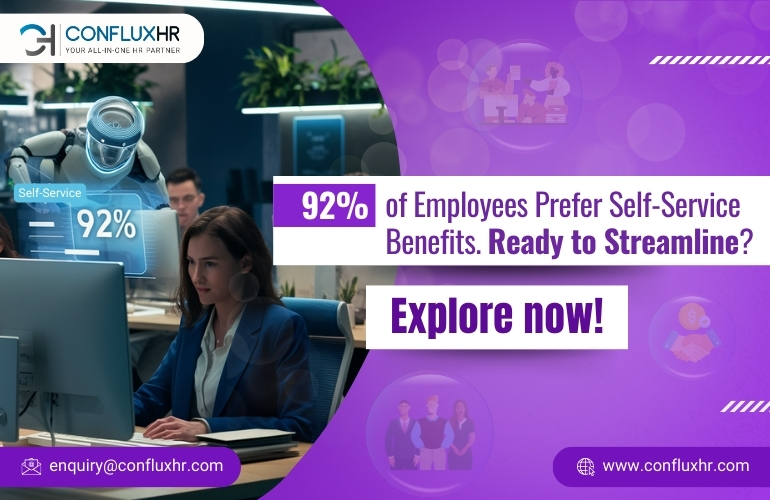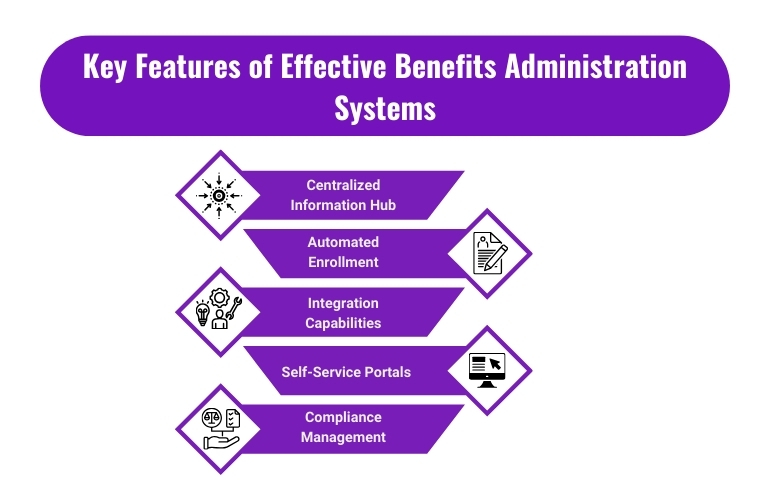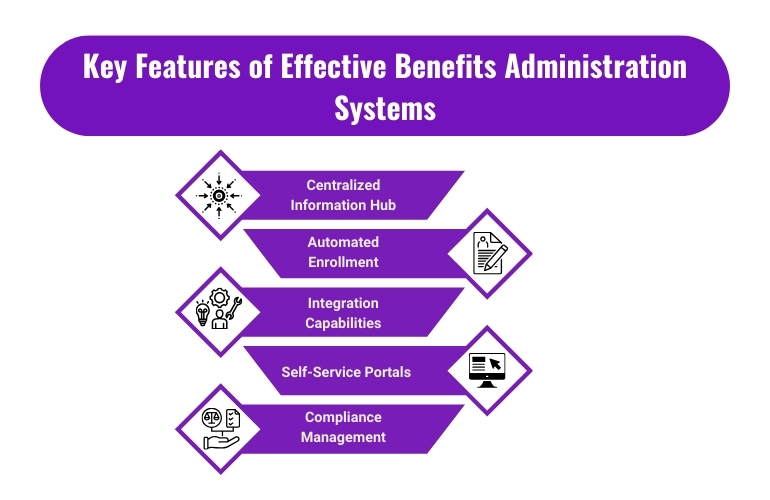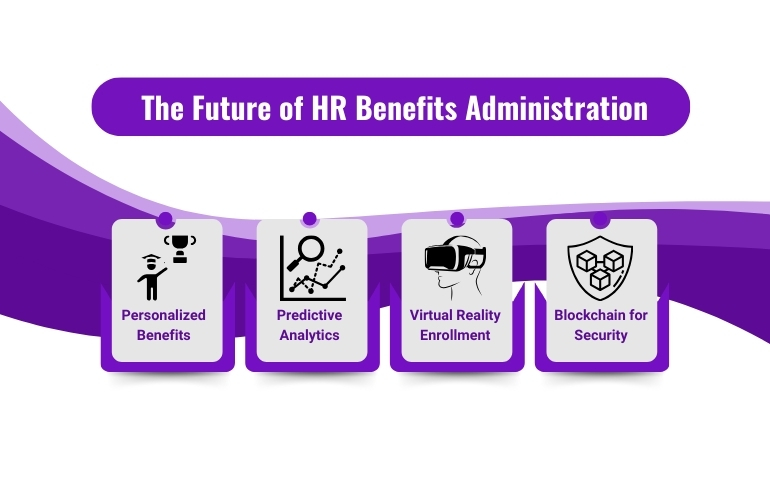Did you know that organizations with effective benefits management are 3.5 times more likely to report superior employee satisfaction? In today’s competitive job market, where 78% of employees say that benefits are a key factor in their job decisions, HR benefits administration has never been more crucial. But let’s face it – managing employee benefits can be a complex, time-consuming task that often leaves HR professionals feeling overwhelmed. Fear not! This blog post is your guide to streamlining employee benefits management and transforming it from a headache into a strategic advantage.
The Challenges of Traditional Benefits Administration
Remember the days of shuffling through mountains of paperwork, manually updating spreadsheets, and playing phone tag with insurance providers? For many HR departments, this is still the reality. Traditional benefits administration is plagued by:
- Manual processes that eat up valuable time
- Scattered information leading to confusion and errors
- Time-consuming enrollment periods that frustrate employees
- Compliance risks due to human error and outdated information
These challenges not only burden HR teams but also impact employee satisfaction and the organization’s bottom line. It’s time for a change!
The Need for Streamlined Benefits Management
As employee benefits packages grow more complex and diverse, the need for efficient management becomes paramount. Today’s workforce expects seamless, digital experiences in all aspects of their work life – benefits included. Moreover, with remote and hybrid work models on the rise, accessible and user-friendly benefits management is no longer a luxury; it’s a necessity.
Key Features of Effective Benefits Administration Systems
So, what should you look for in a modern benefits administration system? Here are the must-have features:
- Centralized Information Hub: A single source of truth for all benefits-related data
- Automated Enrollment: Simplify the process for both HR and employees
- Integration Capabilities: Seamlessly connect with payroll and other HR systems
- Self-Service Portals: Empower employees to manage their own benefits
- Compliance Management: Stay up-to-date with changing regulations effortlessly
Benefits of Streamlining Employee Benefits Management
Implementing a streamlined benefits administration system isn’t just about making HR’s life easier (although that’s a fantastic perk!). It brings a host of advantages:
- Improved Efficiency: Reduce administrative tasks by up to 70%
- Enhanced Accuracy: Minimize errors and ensure data consistency
- Better Employee Experience: 92% of employees report higher satisfaction with self-service options
- Cost Savings: Organizations can save up to 30% on benefits administration costs
- Data-Driven Insights: Make informed decisions based on real-time analytics
The Power of Streamlined Benefits Administration
Let’s look at some real-world examples of organizations that have transformed their benefits management:
- A company upon transition from manual processes to an automated system, reduces their benefits administration time by 60% and increases employee satisfaction scores by 25%.
- The company implements a self-service portal, results in a 40% decrease in HR inquiries and a 95% employee adoption rate within the first three months.
- The company integrates its benefits system with payroll, achieving 99.9% accuracy in benefits deductions and saving $200,000 annually in administrative costs.
Best Practices for Implementing a Benefits Administration System
Ready to take the plunge? Here are some best practices to ensure a smooth transition:
- Assess Your Needs: Understand your organization’s unique requirements before choosing a system
- Prioritize Security: Ensure the system meets all data protection and compliance standards
- Invest in Training: Provide comprehensive training for both HR staff and employees
- Continuous Improvement: Regularly gather feedback and optimize the system
The Future of HR Benefits Administration
As we look ahead, the future of benefits administration is exciting and full of potential:
- Personalized Benefits: AI-driven systems will offer tailored benefits packages based on individual employee needs and preferences
- Predictive Analytics: Anticipate trends and make proactive decisions about benefits offerings
- Virtual Reality Enrollment: Imagine “walking through” your benefits options in a VR environment
- Blockchain for Security: Enhanced data protection and transparency in benefits management
The next decade will see benefits administration evolve from a support function to a strategic driver of employee engagement and organizational success.
Conclusion
As we’ve explored, streamlining employee benefits management isn’t just about keeping up with the times – it’s about staying ahead of the curve. By adopting modern benefits administration systems, organizations can:
- Dramatically reduce administrative burdens
- Enhance employee satisfaction and retention
- Ensure compliance and accuracy
- Drive strategic decision-making through data insights
The question isn’t whether you can afford to streamline your benefits management, but rather, can you afford not to?
Remember, happy employees are productive employees, and nothing says “we value you” quite like a well-managed benefits program. So, are you ready to revolutionize your HR benefits administration?
Take the first step today. Explore modern benefits administration systems, assess your organization’s needs, and start your journey toward streamlined, efficient, and employee-centric benefits management. Your HR team, your employees, and your bottom line will thank you!
After all, in the words of Richard Branson, “Take care of your employees, and they’ll take care of your business.” And what better way to take care of your employees than by providing them with a top-notch benefits experience?
Let’s make benefits administration a source of pride and innovation in your organization. The future of HR is here – are you ready to embrace it?





